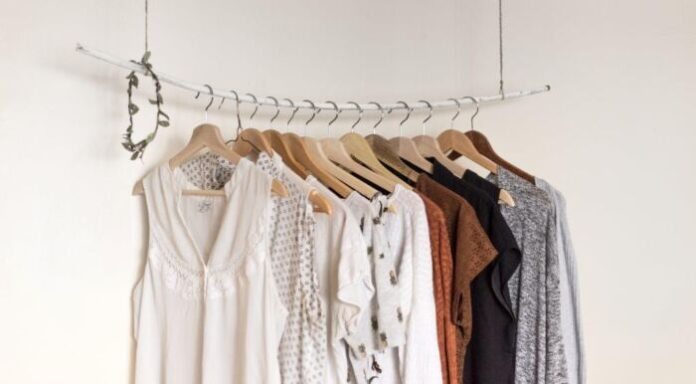
Used clothes are a precious resource, therefore it is essential to dispose of them correctly. It can be done in many ways, first of all by recycling clothes or by sending them to the second-hand supply chain, which is becoming increasingly popular all over the world thanks to physical stores and online stores specialized in the sale and exchange of second-hand clothes. .
But when it is not possible to recycle or sell them, where are the used clothes thrown away? The simplest answer is: in anti-intrusion road containers in well-closed and not too bulky envelopes.
Being urban waste, the collection is entrusted by law to the Municipalities, to the Consortia of Municipalities or, by delegation of these, to the subjects managing the public service, explains Unicircular. The collection takes place through special containers, often yellow in color, and it is important that citizens appropriately provide the materials, to facilitate their collection, which is aimed at maximum reuse and recovery of used clothing.
The activity of the Italian selection and valorisation companies gives an average of 40% of products to be sent to the used clothing market, approximately 50% of material to be transformed into industrial rags, padding and sound-absorbing materials and approximately 10%. of real waste.
The collection and valorisation of the textile fraction of municipal waste has several positive effects. First of all, it is good for the environment because it prolongs the life of products and materials, reducing the consumption of raw materials and energy necessary to produce new ones. The amount of waste that arrives at landfills and must be disposed of is also reduced. In addition, it has positive consequences for the economy as the costs of the collection are currently borne thanks to the revenues from the activity and therefore do not weigh on citizens; in addition, public administrations save the costs of disposing of about 130,000 tons of waste per year, which at current prices can be estimated at around 2.5 million euros per year. Finally, it has positive effects on a social level since the collection activity is mainly carried out by social cooperatives that guarantee the insertion of staff from the disadvantaged categories.
To date, in Italy the collection is done on the free initiative of the individual administrations and generates about 130,000 tons per year. However, by 2025, according to the new European Directives on the Circular Economy in all European countries, separate collection of urban textile waste must be carried out.
The used clothes that we throw in the street bins are bought mostly by Italian companies for the subsequent selection and start of reuse and recycling. The remaining part, on the other hand, is purchased by companies located in North Africa, Eastern Europe and Asia, which select them and start reusing and recycling to meet the demand of the markets in those geographical areas.
SmartRicicla, the app for separate collection, has compiled a list of what can be given in the bins of disused clothes.
WHAT YOU CAN THROW IN USED CLOTHES
- used clothes
- clothes and coats
- underwear, socks
- fabrics in general
- blankets
- curtains
- carpets and tapestries
- clothing accessories
- shoes and boots
- bags and backpacks
- hats
- scarves and gloves
WHAT YOU CAN’T THROW IN USED CLOTHES:
- greasy rags
- worn fabrics
- clothes contaminated with other material
- dresses with metal labels
Read more:
- Separate collection: how to dispose of used batteries and accumulators
- Separate collection: how to properly dispose of WEEE waste
- Separate collection: how to dispose of bulky waste
- Separate collection: how to dispose expired medicines
- Separate collection: how to recycle used cooking oil
- Separate collection: how to recycle metals: steel and aluminum
- Separate collection: how to recycle glass
- Separate collection: how to recycle paper waste
- Separate collection: how to recycle single-use gloves and masks
- Separate collection: how to recycle plastic waste
- How to make separate collection: what to throw in the unsorted waste
- Separate collection: how to properly recycle organic waste
- How to make the separate collection: recycling codes and symbols
- How to recycle: a guide to separate collection




































